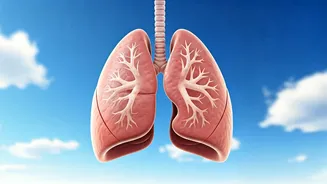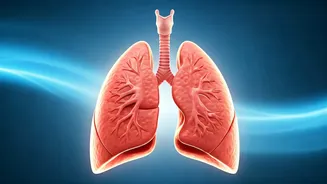The Air We Breathe
The air we breathe is a complex mixture, far from the pure concept often imagined. It contains numerous elements that, while naturally occurring, are increasingly
affected by human activity. Particulate matter, microscopic particles that can penetrate deep into our lungs, is a significant concern. These particles come from various sources, including vehicle emissions, industrial processes, and natural events like dust storms and wildfires. Then there are volatile organic compounds (VOCs), which evaporate into the air from sources such as paints, cleaning products, and furniture. Furthermore, allergens like pollen, dust mites, and pet dander contribute to poor air quality, causing irritation and health issues. Understanding these different types of pollutants is the first step toward finding effective solutions for maintaining healthier indoor and outdoor environments.
Air Purification Explained
Air purifiers work on a fundamental principle: removing contaminants from the air. The process often begins with a pre-filter designed to capture larger particles like dust and pet hair. Following this, the air passes through a filter, the core of the purification process, which is often a High-Efficiency Particulate Air (HEPA) filter. HEPA filters are known for their ability to capture up to 99.97% of airborne particles as small as 0.3 micrometers, effectively trapping dust, pollen, mold spores, and some bacteria and viruses. Some air purifiers also include an activated carbon filter, which absorbs odors, VOCs, and other gases. Some modern purifiers include additional features like UV-C light, which helps to kill bacteria and viruses. The effectiveness of an air purifier depends on several factors, including the type and quality of the filters, the size of the room, and how often the unit is used.
Benefits of Clean Air
The advantages of using an air purifier extend beyond just cleaner air. By removing pollutants, air purifiers can significantly improve respiratory health. They are particularly beneficial for people with allergies and asthma. By filtering out allergens such as pollen and dust mites, purifiers can reduce symptoms like sneezing, coughing, and difficulty breathing. Moreover, cleaner air can enhance sleep quality. Pollutants and allergens can disrupt sleep patterns, and by removing them, air purifiers create a more comfortable environment conducive to restful sleep. Air purification is also connected to overall well-being. Exposure to clean air can boost mental clarity, reduce fatigue, and contribute to a stronger immune system. By regularly using an air purifier, individuals can create a healthier indoor environment that supports overall health.












